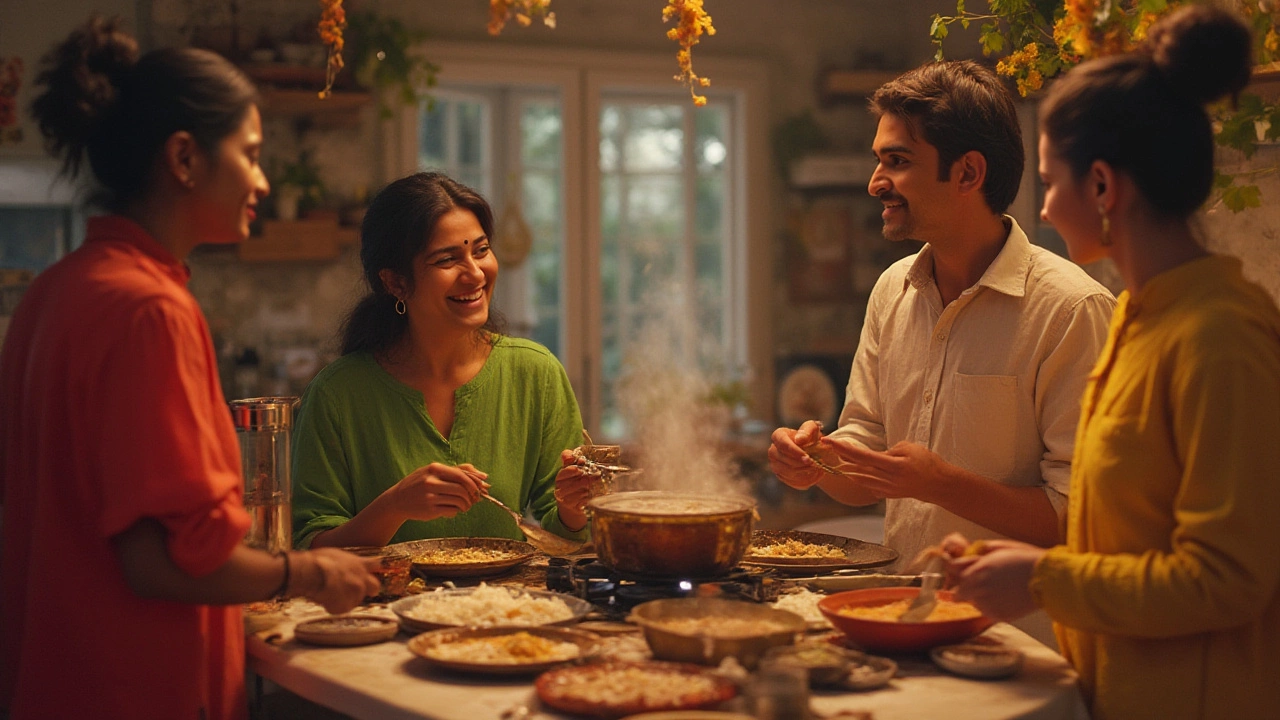Dal US Meaning: The Simple Guide to India’s Lentils in America
If you’ve walked into a U.S. Indian restaurant and seen “dal” on the menu, you might wonder what exactly you’re ordering. In the U.S., “dal” is a blanket term for any split or whole lentil that’s been cooked into a stew, soup, or side dish. It’s not a single recipe; it’s a family of dishes that vary by region, spice level, and the type of lentil used.
What Types of Dal Are Common in the U.S.?
Most American menus list a few familiar varieties: toor dal (pigeon peas), moong dal (yellow split mung beans), and masoor dal (red lentils). You’ll also see “mixed dal” – a blend of two or three lentils cooked together. The choice often depends on what the chef grew up with or what’s easy to source from local grocery stores. Red lentils cook fastest (about 15 minutes) while pigeon peas need a longer simmer.
How to Cook Dal at Home – Quick Tips
Cooking dal in the U.S. is simple if you follow three steps:
- Rinse. Give the lentils a quick rinse under cold water to remove dust.
- Boil. Use a 3:1 water‑to‑dal ratio. Bring to a boil, then lower the heat and simmer until the lentils are soft. Add a pinch of turmeric for color and a dash of salt after they’re tender.
- Tadka (tempering). In a separate pan, heat a spoonful of oil, toss mustard seeds, cumin, chopped garlic, and a few dried chilies. Pour this hot mixture over the cooked dal for that classic aroma.
That’s it – you’ve got a bowl of comforting dal that’s ready for rice, naan, or a side on a plate of curry.
When buying dal in the U.S., head to the international aisle of your supermarket or a local Indian grocery. Look for bright, uniform lentils without cracks. Store them in an airtight container; they’ll keep for up to a year.
Nutrition‑wise, dal is a powerhouse. It delivers protein, fiber, iron, and folate without a lot of fat. A half‑cup of cooked dal has around 9 grams of protein, making it a great plant‑based option for anyone looking to boost their intake.
In everyday American conversation, “dal” often doubles as a shorthand for the dish itself. If a friend says, “I’m making dal tonight,” they’re usually referring to a spiced lentil stew, not just the raw lentils. Knowing this helps you order confidently and even suggest a homemade version at potlucks.
So next time you see “dal” on a menu, you’ll know it’s not a mystery side. It’s a versatile, nutritious lentil dish that’s been adapted to fit American kitchens while staying true to its Indian roots. Grab a bag, follow the simple steps, and enjoy the warm, earthy flavors that have made dal a staple across continents.
What Do Americans Call Dal? Discover Dal's Name and Place in American Cooking
Explore what Americans call 'dal,' the roots of the word, and how this Indian staple fits into American food culture. Find facts and tips about cooking dal in the US.
